How many of us barre instructors have cued our clients to use their low abs? If you are raising your hand high saying “yes, me, all the time” it’s time to take that cue a bit deeper…
A quick glance at our abdomen shows us that our muscles run deepest to most superficial, not low to high. So if there is really no such thing as our low abs, what are we trying to say? Read this quick barre training guide as we tackle the two main culprits of the "low abs" cue: Leg Lowers and Reverse Crunches.
The rectus abdominus (RA), the most superficial muscle and also known as the six-pack, has a main function to flex the spine. The transverse abdominus (TA), the deepest muscle and therefore the ab flattener, acts as a natural “belt” or “corset” by resisting flexion and extension of the lumbar spine. If we revert back to our barre certification spine alignment principle, we can see how a strong TA aids in maintaining a neutral/optimal spine throughout movement.
Leg Lowers
Pulling an exercise directly from our barre instructor training manual, when supine, executing leg lowers and lifts, working with a neutral/optimal spine will put the transverse abdominus to work by resisting extension of the spine. We aren't using our "low" abs to do the work, but rather our "deepest most intrinsic" abs that run the anterior and lateral abdominal wall. Are you having an “ah ha” moment on why plank, when done properly, is such an effective abdominal exercise? In plank our TA is continuously resisting the flexion and extension of the spine.
Read our blog post on sucking it in for suggestions on how to cue engaging those deep abdominal muscles.
Reverse Crunches
Pulling a second exercise from our barre instructor training manual, reverse crunches requires flexion of the spine, a pulling of the pelvis in towards the center of the torso, which means the rectus abdominus, from top to bottom, is put to work. While the action of tilting and lifting the pelvis might be more geared towards the lower region, the upper region is still activated. Here, we work the most superficial abdominal muscles.
For a well balanced abdominal section, focus on choreography that works in neutral/optimal spine, spinal flexion, and because we don't want to leave out those obliques, spinal rotation/lateral flexion too.




